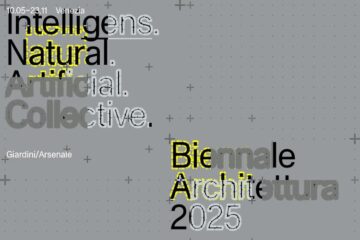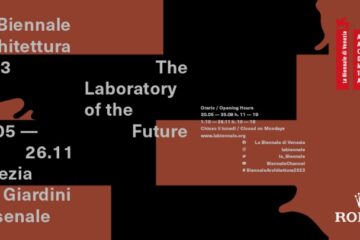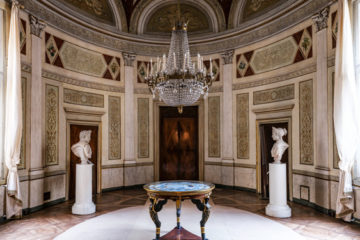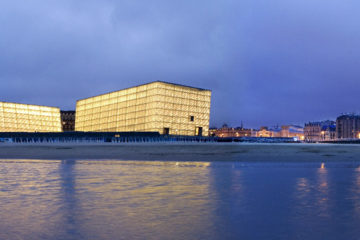
The Teshima Art Museum designed by Tokyo-based architect Ryue Nishizawa and Japanese artist Rei Naito opened in 2010 for the Setouchi International Art Festival that was held in the Takamatsu Port area of Japan.
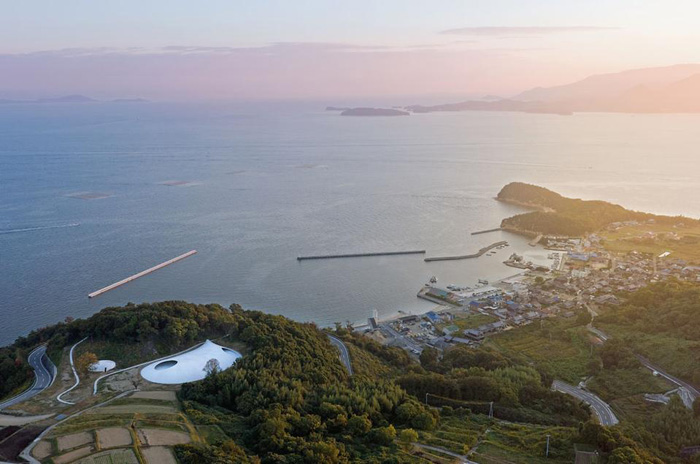
It is located on Teshima Island in the Seto Inland Sea. It faces the ocean from a magnificent hillside covered by rice terraces. The open gallery space features 25cm thick concrete shell with two elliptical openings that are open to elements.
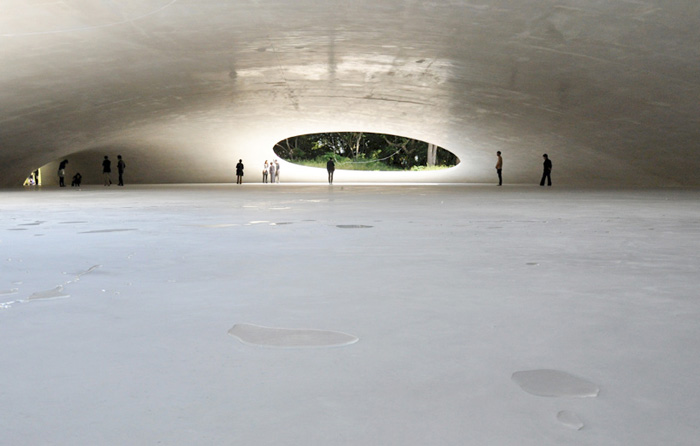
It was important for the architect to create an architectural space that could coexist with Rei Naito’s work, and act in harmony with the island’s environment. They proposed an architectural design composed of free curves, echoing the shape of a water drop. Ryue Nishizawa’s idea was that the curved drop-like form would create a powerful architectural space in harmony with the undulating landforms around it.
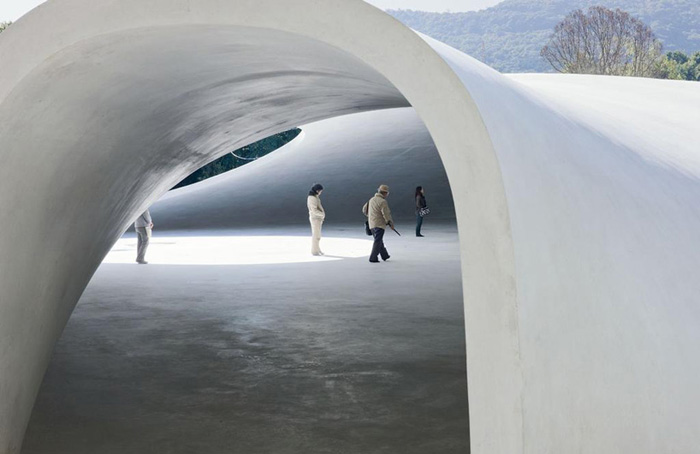
A thin concrete shell slab reaches as high as sixty meters, creating a large, organic interior space. By making the ceiling lower than that of many shell structures, the architecture appears to be part of the external landscape, like a hill or a slope. Inside it has a space that stretches low and horizontal. There are large apertures on the surface of the shell to let in light, rain, and the fresh air.
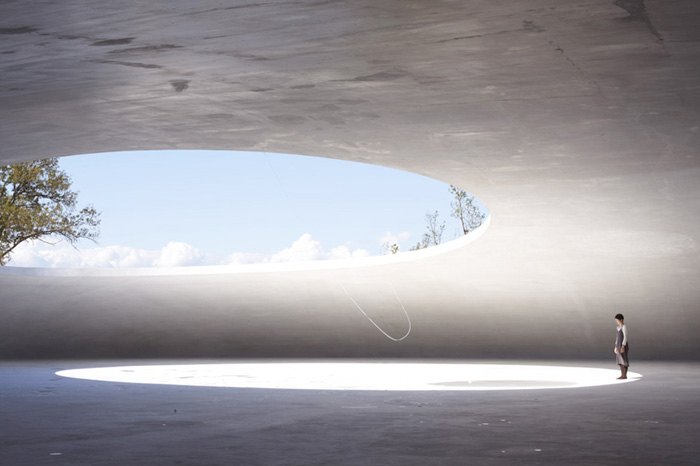
The architecture aims to create a dynamic space that is both closed for the work of art and the environment and open at the same time. Nishizawa’s goal was to generate a fusion of the environment, art, and architecture, and to make these three elements work together as a single entity.
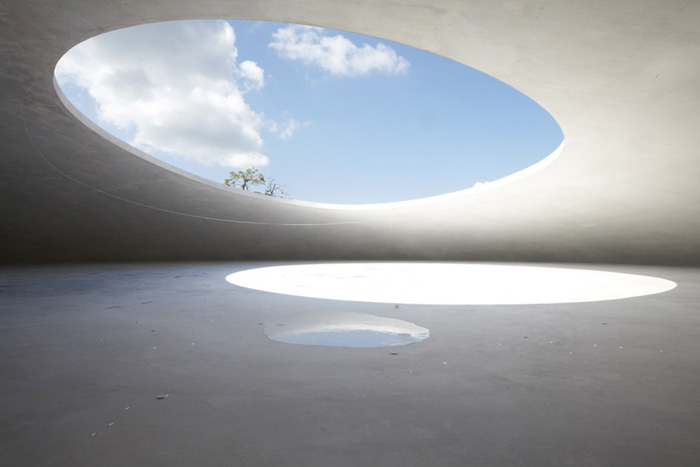
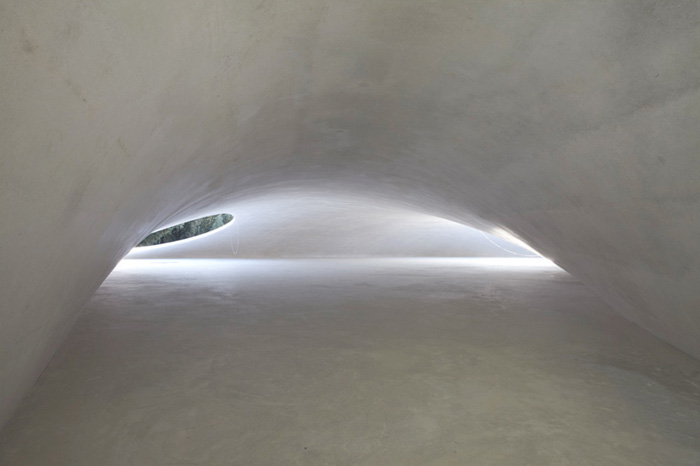
Images courtesy of Iwan Baan and Noboru Morikawa Photos
Discover: www.ryuenishizawa.com
